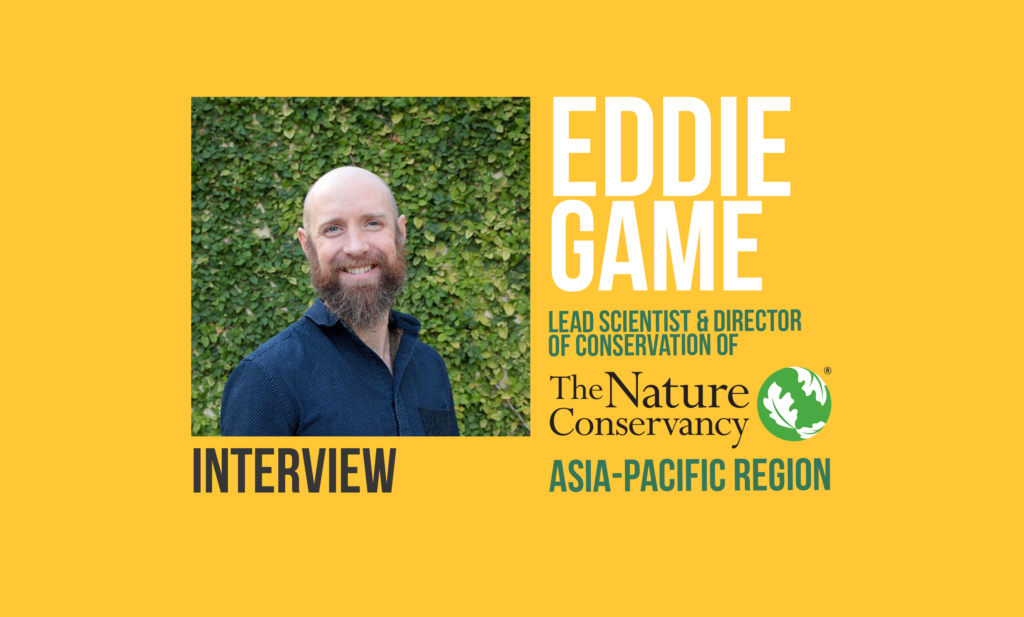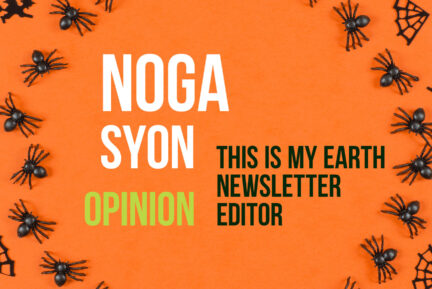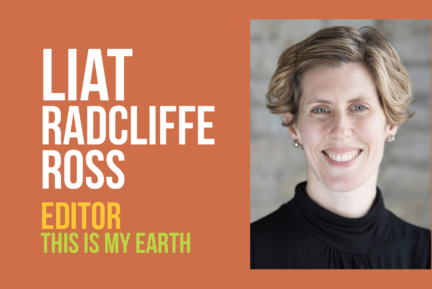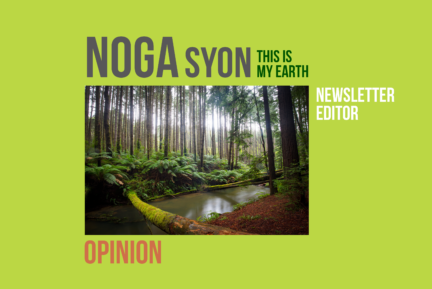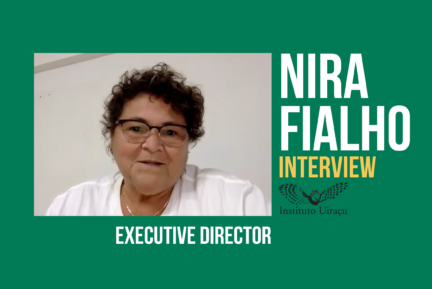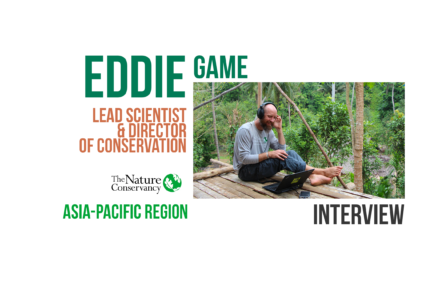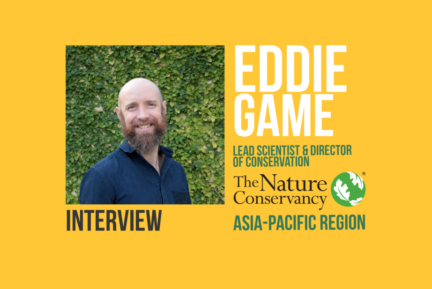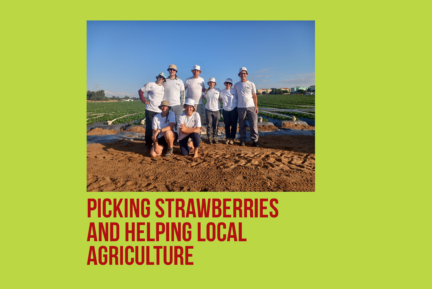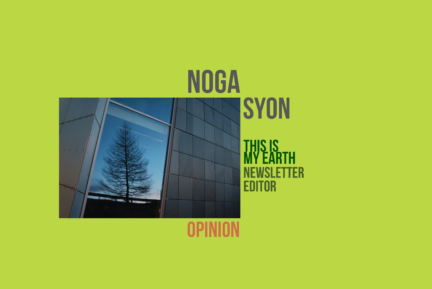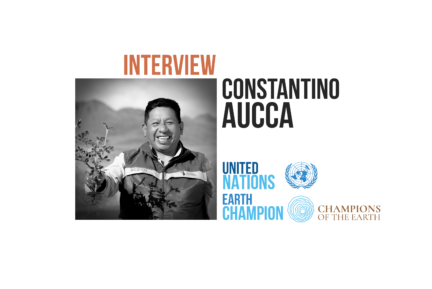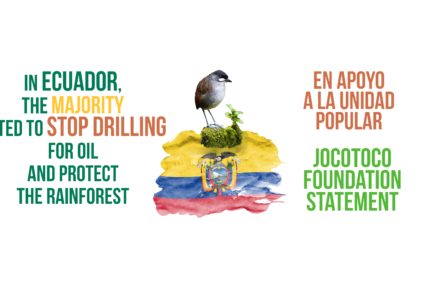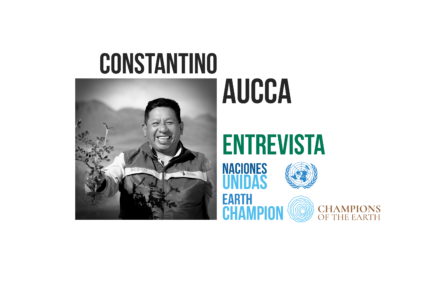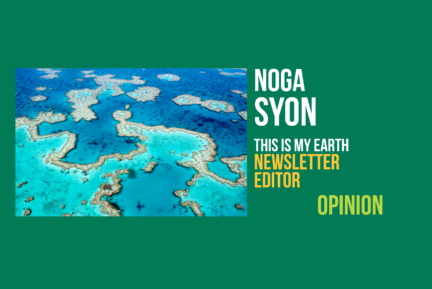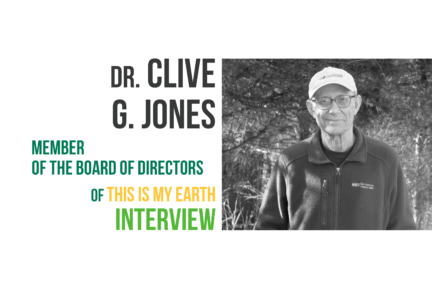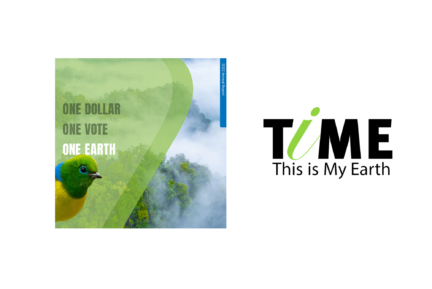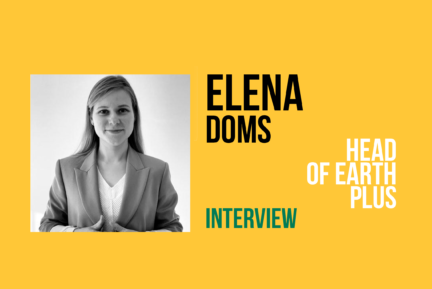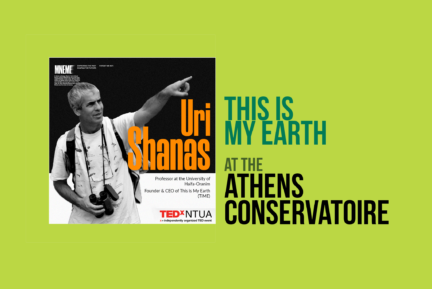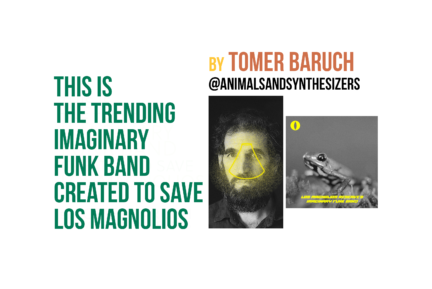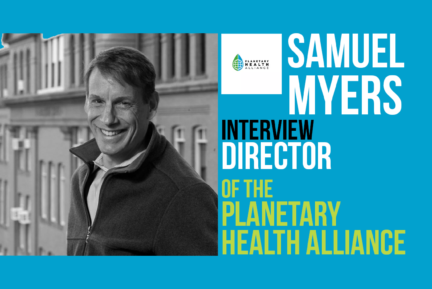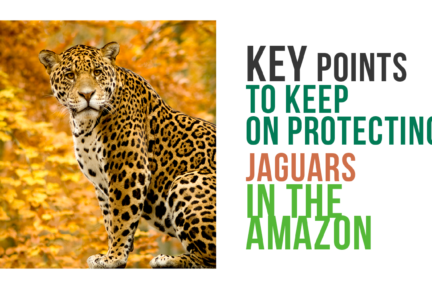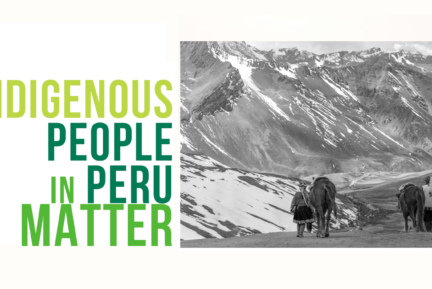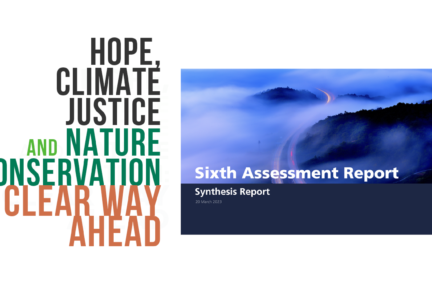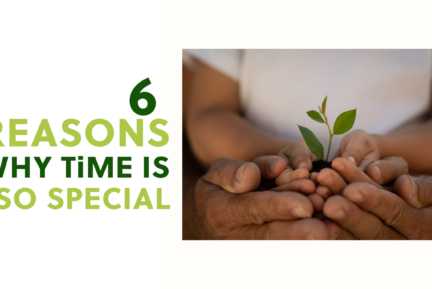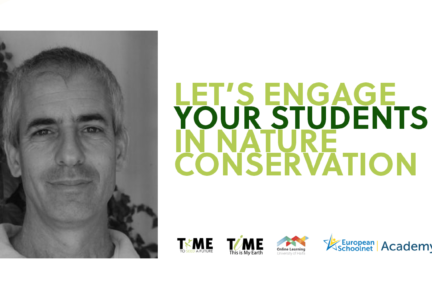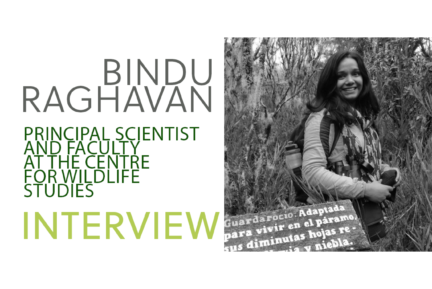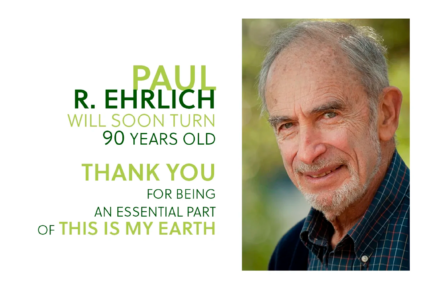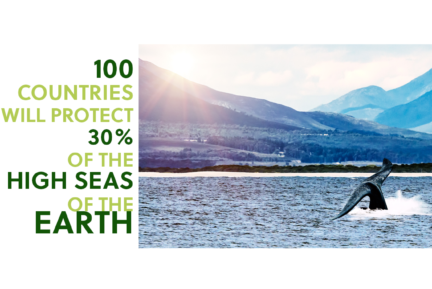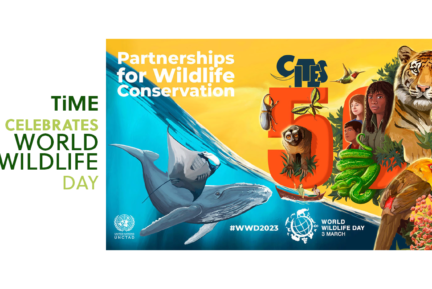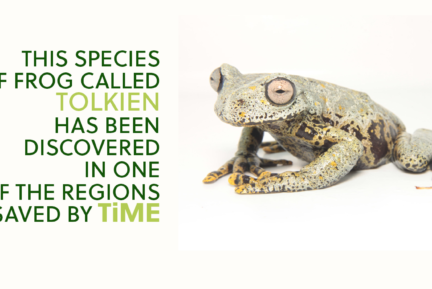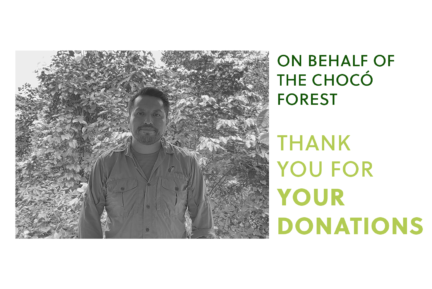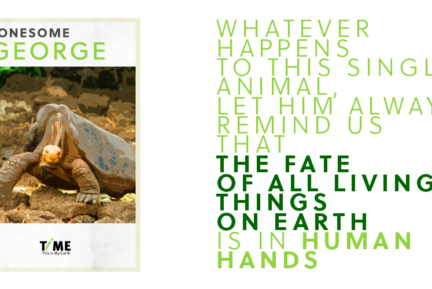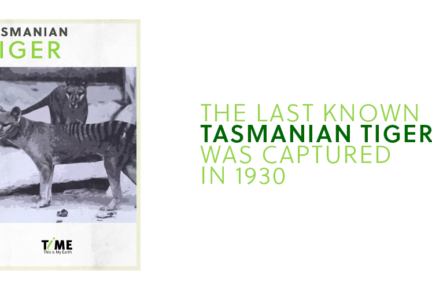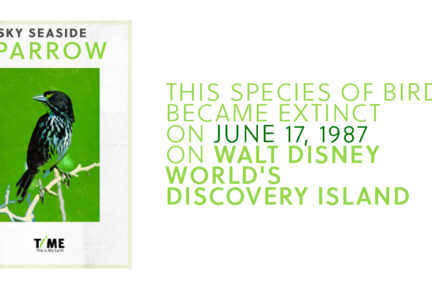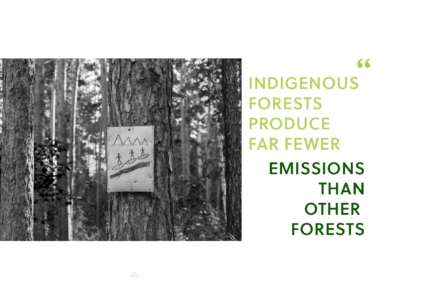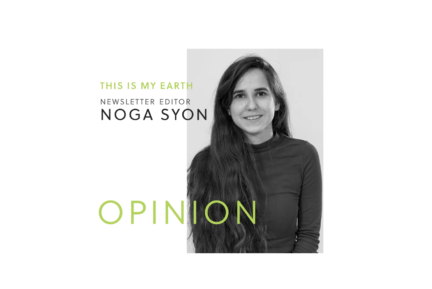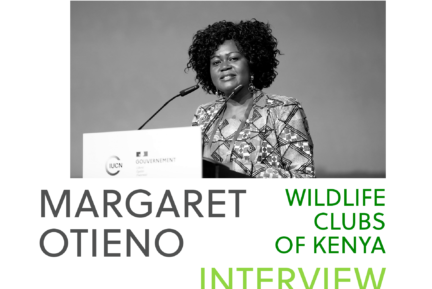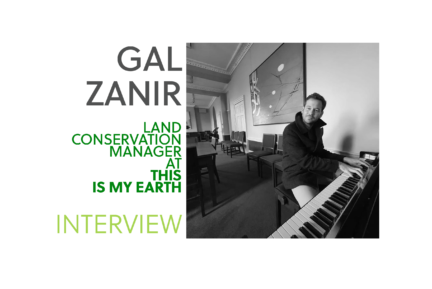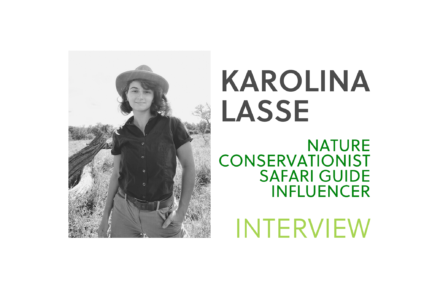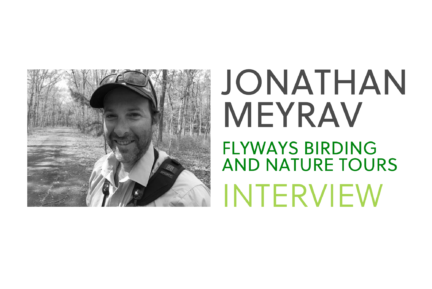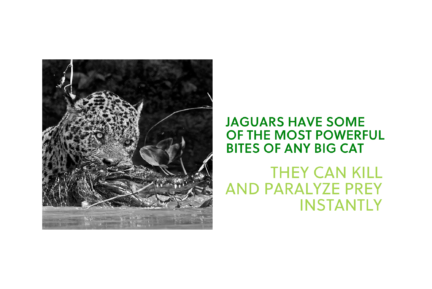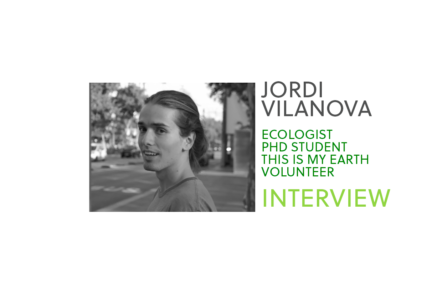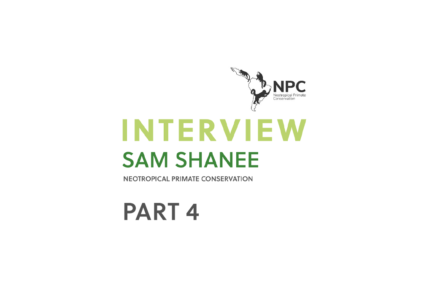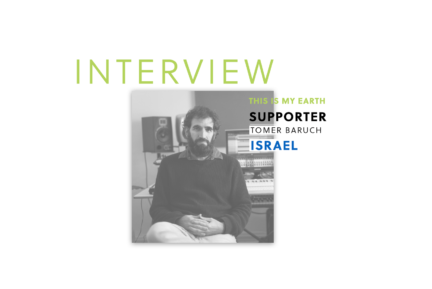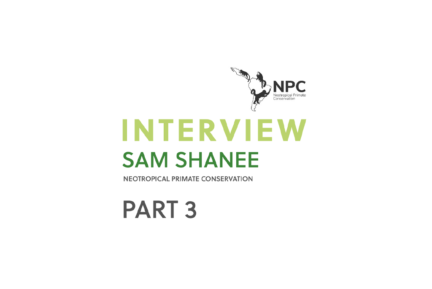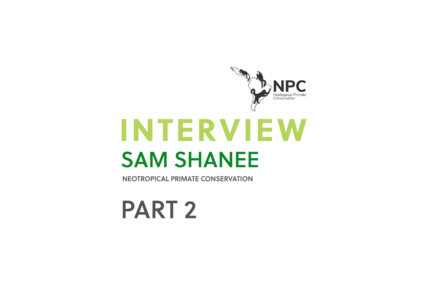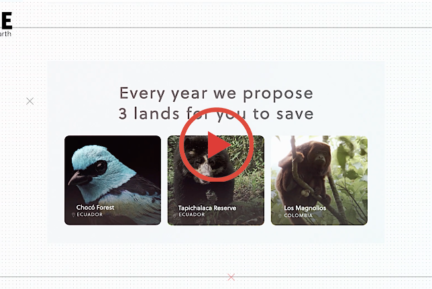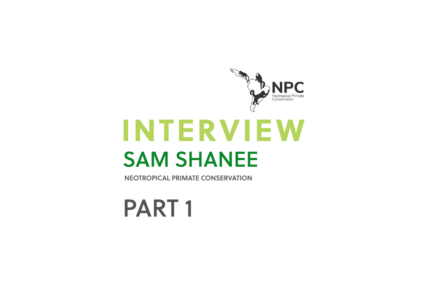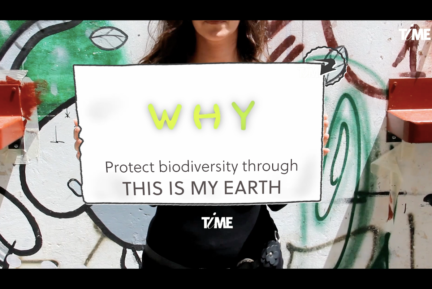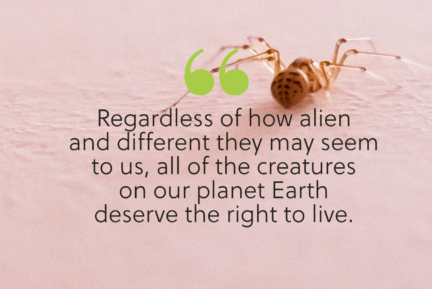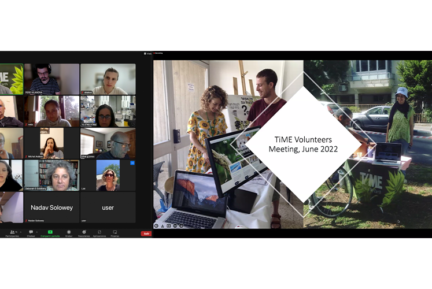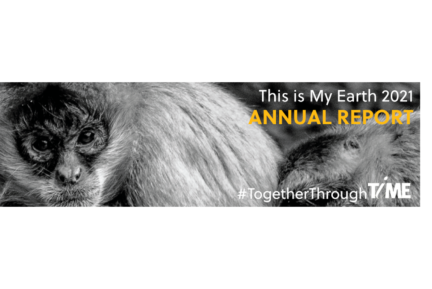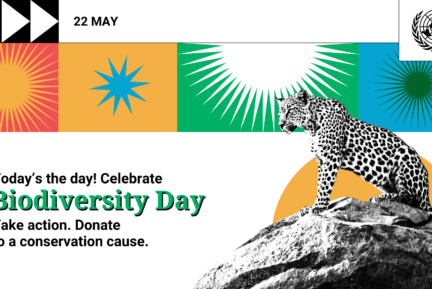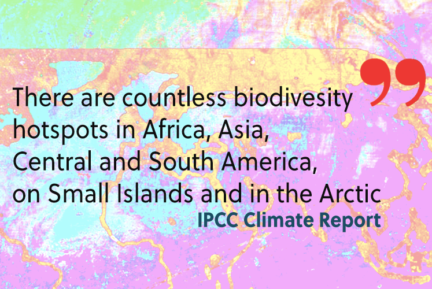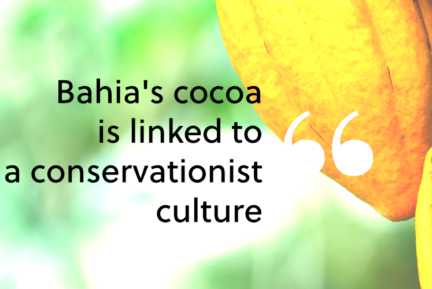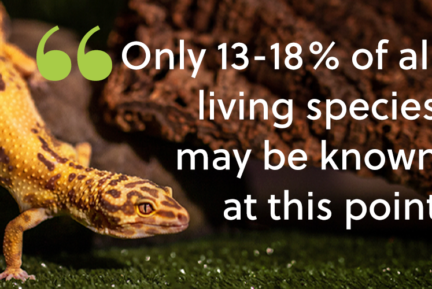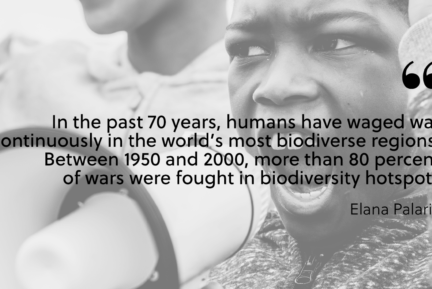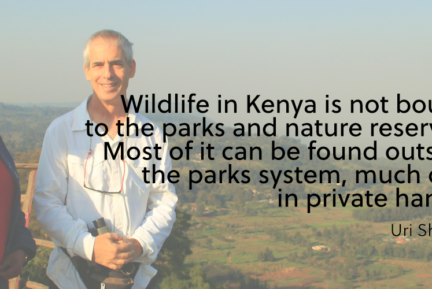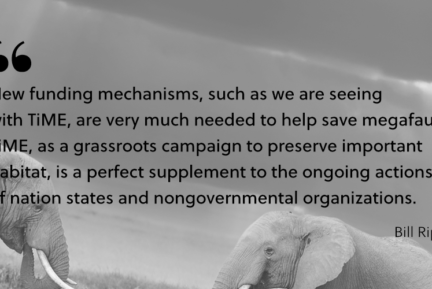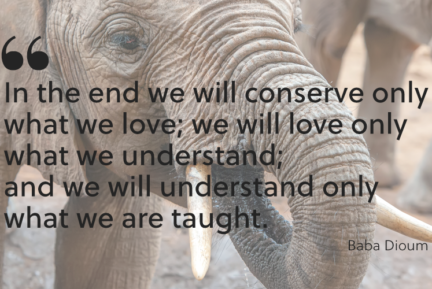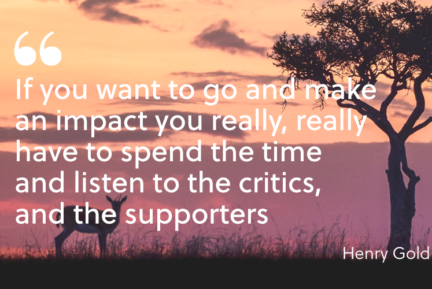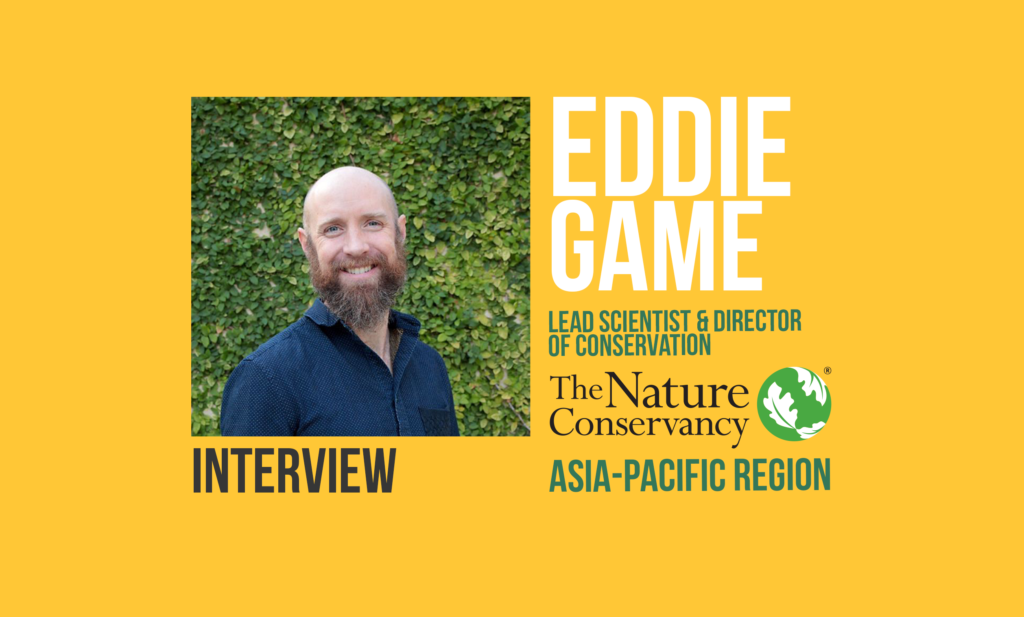
We had the immense privilege of interviewing Eddie Game, Lead Scientist for The Nature Conservancy’s Asia Pacific region. He has worked on conservation projects in more than fifteen countries and in environments including rainforests, coral reefs, grasslands, deserts and the open ocean. With him, we have talked about the field of ecoacoustics to analyze the health of forests, and the importance of organizing in communities to protect the world’s species.
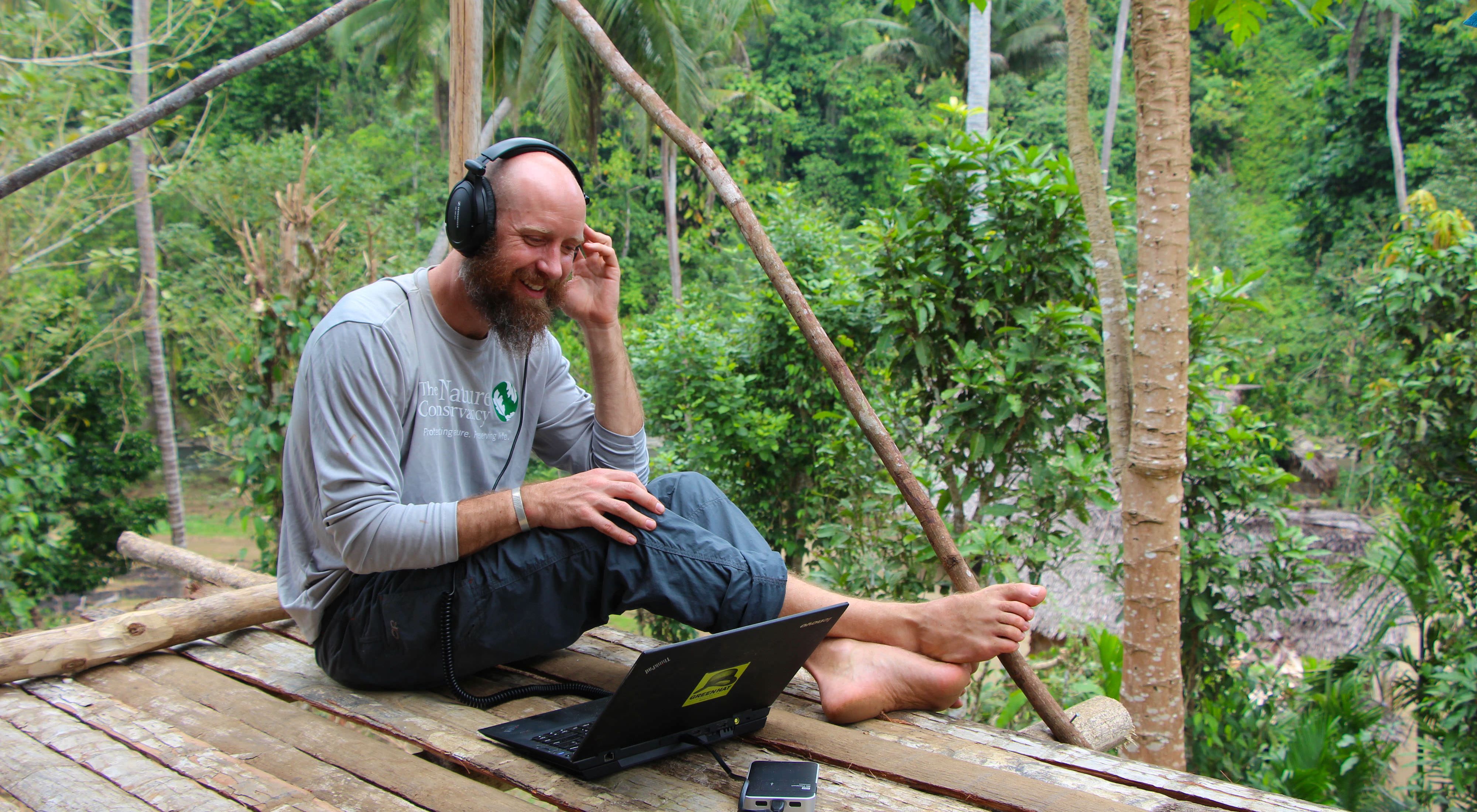
Can you recall a moment of revelation regarding nature conservation in your youth or childhood?
I grew up wanting to be in nature all the time, but not in a conservation sense.
When I went to university, I was originally studying to become a fisheries scientist, and so I thought that a great way to be in nature was by working in fisheries. I loved fishing, and I loved surfing.
I started working for the Australian Fisheries Management Authority, the federal agency that manages our federal fisheries. I was in charge of collecting data on fishing in the subantarctic islands — Australia has a number of these subantarctic territories, and one of them is in the McDonald Islands. They’re so far away that you must spend many days on a boat to reach them.
If you go south of Australia towards Antarctica, there’s really nobody there. The weather is terrible; the oceans are rough all the time.
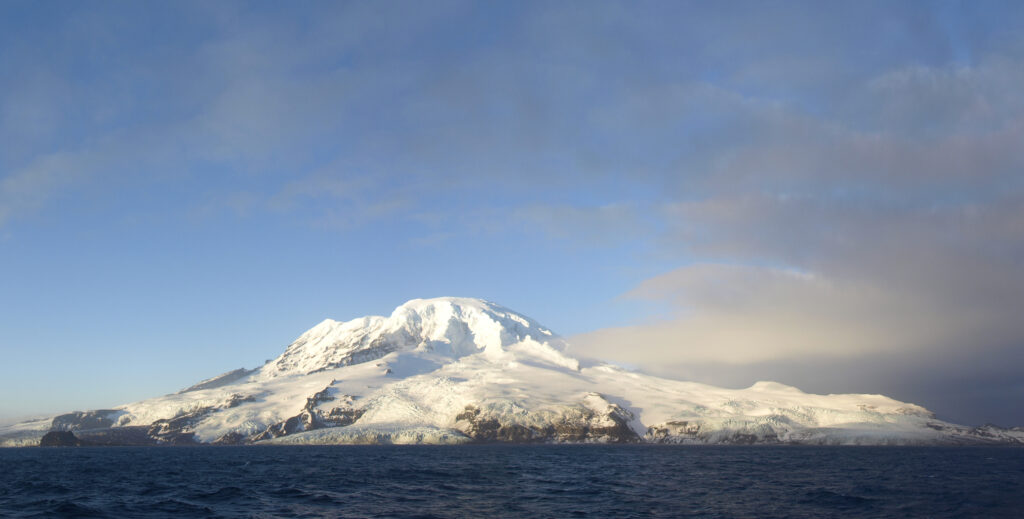
Sounds like an adventure…
It is. And we did this experiment. We tested the fishing in these marine protected areas compared to other fishing areas. What I saw blew up my mind. Fishes in protected areas were bigger; there was so much species diversity, and corals were healthy. It was clear to me that I was witnessing a completely different environment. That was when I said I didn’t just want to be a fishery scientist or ecologist. I want to be a conservationist.
I returned from my trip thinking, “We have modified our planet for our benefit.” So I went back to school and studied marine protected areas and decision science. That is how my journey towards nature conservation started.
What can you tell us about the Asia-Pacific region?
I’m based in Australia, part of the Asia-Pacific region, and most of my work now is focused on studying what is going on here. This is an extraordinary region for so many reasons. The obvious one is that this is where most people live. More than 60 percent of the world’s population resides here, and that puts enormous pressure on the ecosystems.
It means we have to solve problems which are quite different from the ones you would see in Europe or in the Americas. There’s a greater urgency to find sustainable solutions.
Also, a tremendous diversity of ecosystems thrives in the Asia-Pacific region, as well as a vibrant cultural diversity and an extreme population density.
We’ve been looking at the loss of species and habitats over the last 50 years. We have been on the frontline for different reasons, mainly because of the arrival of invasive species and ecosystem modifications.
The planet’s future is at stake here, and some days, it is daunting to get up and face the many challenges ahead.
“We have modified our planet for our benefit.”
Eddie game, The nature conservancy
Can you give us an example?
These last few days, we’ve been digging into freshwater conservation issues in some of the essential river systems in nature that we have here.
Our challenge is having a very dense population desperate for economic growth. No other place on Earth faces so many threats and contradictions as the Asia-Pacific region. Everything is at stake. Here is where we need to figure out a better way.
Do you mean how to live in harmony with natural ecosystems?
Yes, how to find a balance.
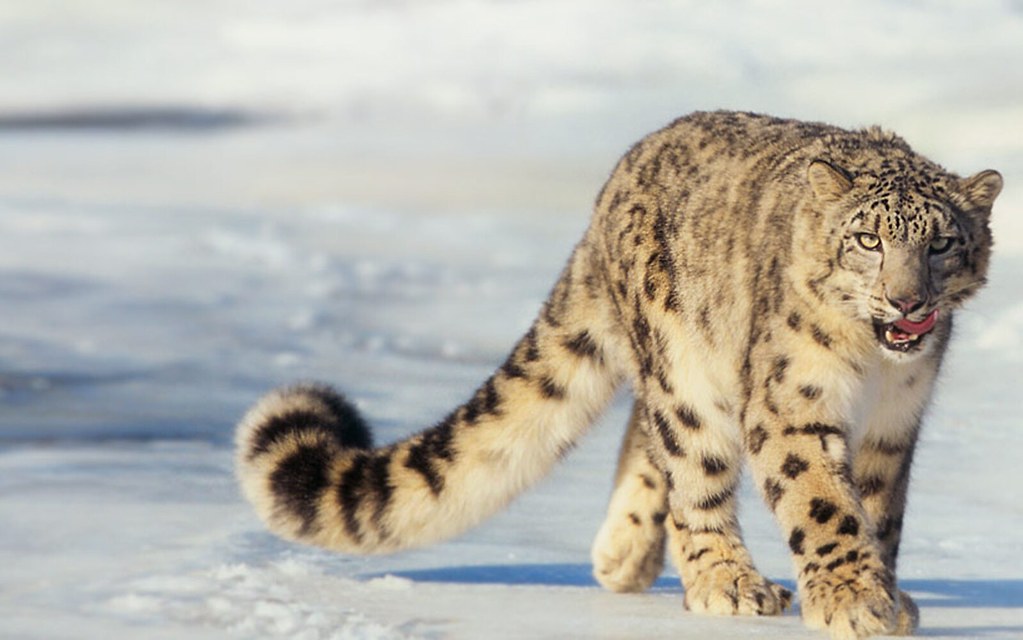
What can you tell us about the role of the Snow Leopards in Asia?
The Snow Leopards are a success story. They’re a fantastic animal. If anyone ever has the chance to learn about or interact with Snow Leopards, I definitely encourage them to experience it.
They are spectacular-looking animals, and when you see how they hunt, sitting high up on these rock ledges and jumping down onto these wild particular species is incredible.
People used to hunt them and that caused a significant population loss. Ironically, that was not the worst thing that could happen, because, among all extinction causes, this is probably an easier problem to solve than, for instance, the massive loss of habitat that we see for some other species.
In many places, the Snow Leopard populations stabilized, and that enabled us to reflect on the question, “What else do Snow Leopards need?” They’ve got their habitat, the mountains are still there, and mostly, what they need is wildlife to hunt. So we looked at the balance of the livestock and wild animals in the area and tried to manage that.
I love talking about Snow Leopards for lots of reasons.
Why do you feel this strong connection with this particular animal?
A few years ago, I had to answer the same question. Our team in western Mongolia was doing some surveys regarding Snow Leopards, and they were putting out camera traps because these animals are really hard to see.
We came across a Snow Leopard that could only walk on three legs. The team decided to amputate the damaged leg; there was no other option, and they sutured it up. Then, they put on a radio collar to monitor him and see how his recovery process unfolded.
No one was quite sure whether it would survive or not. Also, the radio collar died quite quickly afterward, and we sort of assumed the animal had died. But a few years later, I was there, looking through the camera-trap images, and came across an image of this Snow Leopard with three legs looking really healthy.
In 2020, everyone was locked down due to COVID-19, and the whole world felt like a dangerous and sad place. But the image of this Snow Leopard surviving with three legs gave me the strength and hope I needed. That moment really cemented my connection with those animals.
After we published the story of this three-legged Snow Leopard, the Spanish government contacted us because they were keeping some Iberian Lynx with three legs, and they did not release them because they feared they wouldn’t survive. And our story gave them hope, so they released them.
I think no one would have known about that if we hadn’t written a blog about our Snow Leopard, which we named “Sugar.”
End of Part 1 – To be continued…
